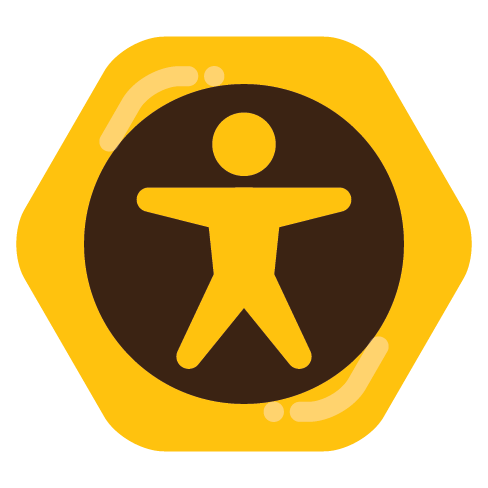A very educational post about a ME/CFS /Long Covid experience from the perspective of a person with an occupational/physical therapy background.

This is why I’m too scared to see a physiotherapist or an occupational therapist, even when they advertise that they deal with chronic fatigue etc. I’m seeing that their work revolves around doing things, but that’s what’s making my symptoms and health worse.
It’s depressing having to explain to every health professional that the literal journey to attend their appointment is easily too much and affecting my health, even if it involves a short walk. If getting there and back is an issue, how is doing whatever they’re recommending in addition likely to help?
Yeah… The treatment is supposed to be helpful, not harmful. It is indeed quite distressing to see lack of knowledge and close mindedness from medical proffessionals. On a tangential note: With the dropping of mask mandates in medical settings I am scared to go for my physiotherapy too, I do not want the doctors to give my long covid long covid. “Do no harm” their oath says. Right.

I’ve tried physical therapy several times - and unsurprisingly to anyone who understands PEM, as I gained muscle strength, my endurance got worse and I slowly crashed.
My dream one day is to be able to create my own physical therapy plan. I have some ideas that revolve around some guidelines I’ve found about aerobic respiration dysfunction, mainly:
- lying down
- do an exercise for no longer than 2 minutes at a time (less is better)
- follow a 1:3 rule for resting between sets (rest for at least 3 times the length of the set)
- keep heart rate very low, and no aerobics
- increase weights, not number of repetitions (to keep time spent exercising at a minimum)
But unfortunately my health isn’t there yet. A lot of this is based on this overview of CFS/ME for physical therapists, and this part struck me:
Exercises should be initiated only after the patient can complete all ADLs/IADLs without setbacks due to PEM that result in eliminating ADLs/IADLs or other meaningful routine activities from their agenda.
I don’t really consider myself to have trouble with ADLs (Activities of Daily Living), since they’re so limited. I can basically shower, dress, and eat on my own, with appropriate aids. (I mean sometimes I skip showering and sometimes I need help putting on compression socks but it’s not bad.)
But I hadn’t heard of IADLs before.
Instrumental activities of daily living (IADL) are those activities that allow an individual to live independently in a community. Although not necessary for functional living, the ability to perform IADLs can significantly improve the quality of life. The major domains of IADLs include cooking, cleaning, transportation, laundry, and managing finances.
The only one of those I can do regularly is finances, so… Yeah. Not ready for DIY PT…
That sounds like a cool PT plan. I wish you that you will be able to start it someday. And hopefully you will be able to get some healing.


